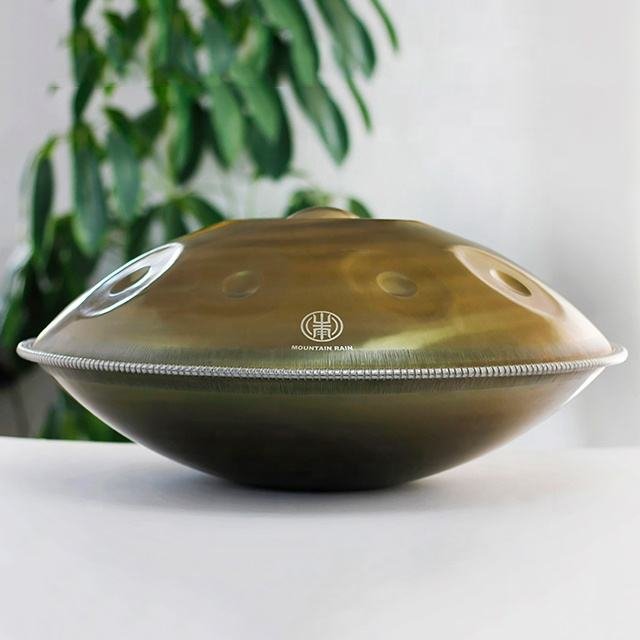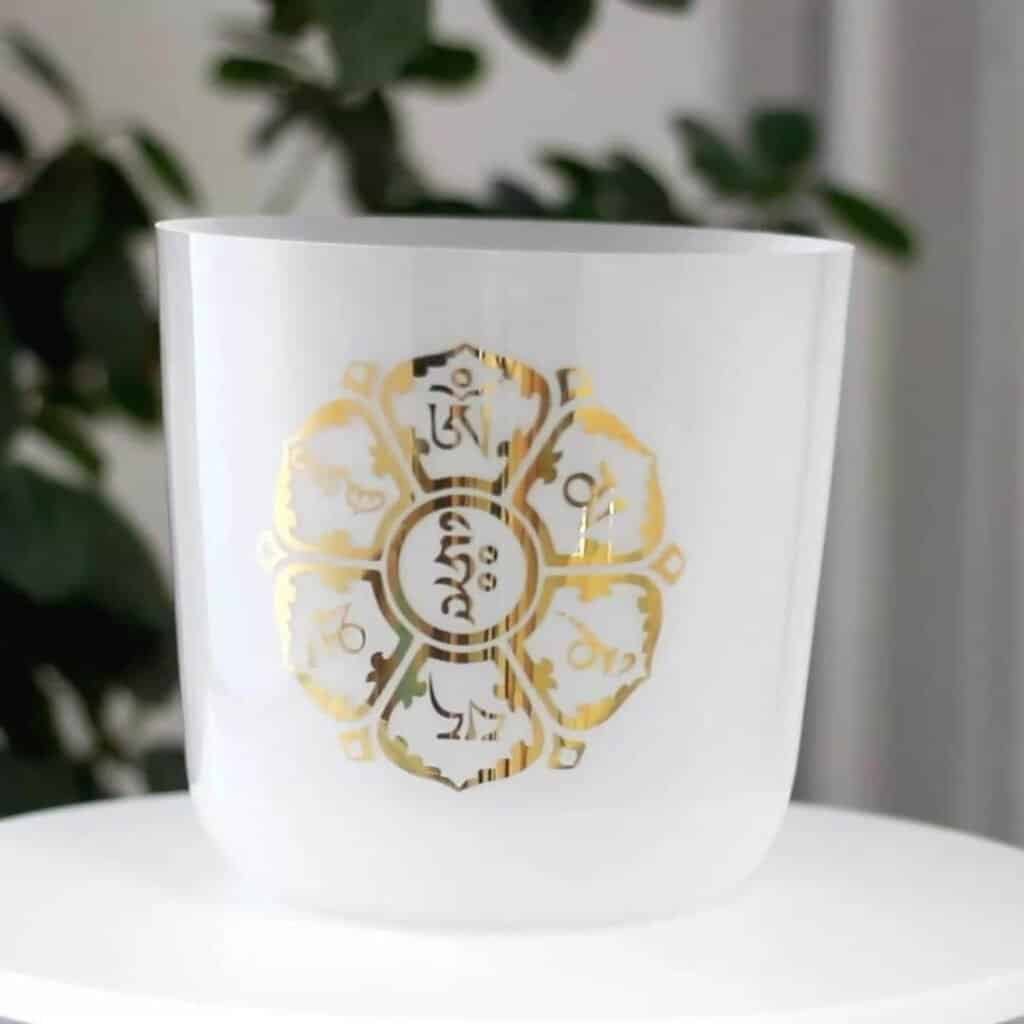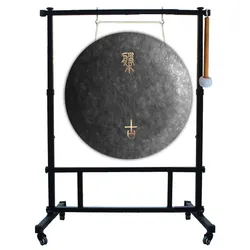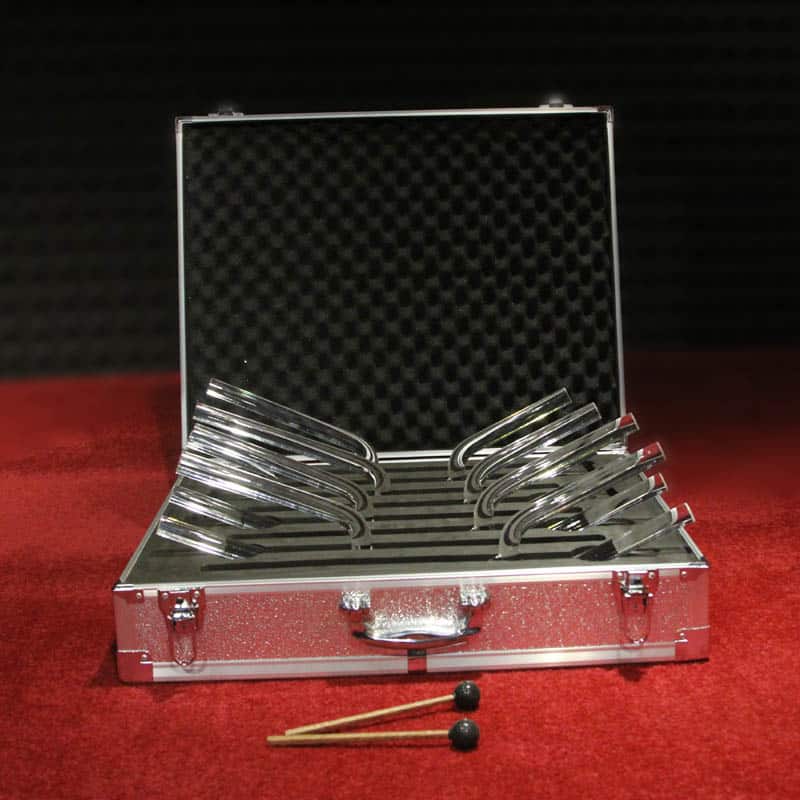Crystal singing bowls have gained immense popularity in sound healing practices, meditation, and wellness retreats. Their ethereal tones and resonant frequencies can create a profound sense of peace and relaxation. In this comprehensive guide, we will explore the intricacies of crystal singing bowl frequencies, notes, and octaves, helping you understand how to choose the right bowl for your needs and how to measure its unique characteristics.
Understanding Crystal Singing Bowl Frequencies
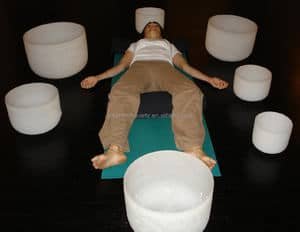
Crystal singing bowls are made from pure quartz crystal, which allows them to produce clear, resonant tones. Each bowl is tuned to a specific frequency, which corresponds to a musical note. These frequencies are not just arbitrary numbers; they play a crucial role in sound therapy and can influence our physical, emotional, and spiritual well-being. The concept of frequency refers to the number of vibrations per second produced by the bowl when struck or played. Measured in Hertz (Hz), these frequencies can range widely depending on the size and thickness of the bowl. For instance, a larger bowl may produce lower frequencies, while smaller bowls typically generate higher pitches. Understanding these frequencies is essential for anyone looking to harness the healing properties of crystal singing bowls. Different frequencies resonate with various energy centers in the body, known as chakras. By aligning your chosen frequency with your intention—be it relaxation, healing, or meditation—you can enhance your experience significantly. Larger singing bowls are able to produce lower frequencies due to their greater surface area and volume. This is because when larger objects vibrate, their vibration patterns are slower, resulting in lower pitches. Specifically, when a large crystal singing bowl is struck or rubbed, the vibrations in its walls produce longer wavelengths, resulting in lower frequencies. Conversely, smaller singing bowls produce higher pitches due to their smaller size and faster vibrations. The wall thickness and diameter of small singing bowls restrict their vibration patterns, allowing them to produce high-frequency sounds with shorter wavelengths. This scientific principle can be explained by the wave theory in physics: the longer the wavelength, the lower the frequency; conversely, the shorter the wavelength, the higher the frequency.
High- and low-frequency sounds play different roles in sound therapy, each corresponding to different healing effects. Low-frequency sounds, such as C and D notes, are generally considered to have a calming and stabilizing effect, and are suitable for reducing anxiety, promoting deep relaxation, and meditation. These frequencies can help people return to their inner selves and feel a sense of security and stability, which is ideal for those experiencing stress or emotional fluctuations.
In contrast, high-frequency sounds, such as G and A notes, are often associated with motivation, clear thinking, and creativity. These sounds can heighten awareness, help people express themselves better, and inspire inspiration, so high-frequency tones are particularly useful for people who need to enhance their creativity or engage in deep thinking, such as artists, writers, or anyone who needs inspiration.
The Importance of Frequency in Sound Therapy
In sound therapy, frequency plays a pivotal role in how sound affects our bodies and minds. Each frequency has its unique impact on our physical state and emotional health. For example, lower frequencies are often associated with grounding and stability, making them ideal for practices aimed at reducing anxiety or fostering deep relaxation. Conversely, higher frequencies can promote clarity and inspiration, making them suitable for creative endeavors or spiritual exploration. Research has shown that certain frequencies can induce specific physiological responses. For instance, 528 Hz is often referred to as the “Love Frequency” and is believed to promote healing and transformation. Similarly, 432 Hz is associated with harmony and balance in nature, leading many practitioners to prefer it for meditation and relaxation purposes. 440 Hz also has its own unique significance. Although some consider it not as harmonious with nature as 432 Hz, 440 Hz is still considered an effective frequency by many musicians and therapists. It is often considered to have a motivating effect, able to increase a person’s energy and focus. Therefore, it is suitable for those who need to concentrate, enhance creativity or engage in high-intensity thinking. By understanding the significance of different frequencies in sound therapy, you can make informed choices about which crystal singing bowl will best serve your needs. This knowledge empowers you to tailor your sound healing experience to align with your personal goals.
How to Measure Frequency, Note, and Octave of Singing Bowls
Measuring the frequency of a crystal singing bowl can be done using various methods. One common approach is to use a tuning app or frequency analyzer on your smartphone or computer. These tools can provide accurate readings of the bowl’s frequency when it is played.To measure the frequency effectively:
- Select Your Bowl: Choose a crystal singing bowl that you wish to measure.
- Use a Tuning App: Download a reliable tuning app that can analyze sound frequencies. We Dorhymi use Tune!it lite app. It can be download on Google play store

Play the Bowl: Gently strike or rub the rim of the bowl with a mallet or wand while holding your device close enough for it to capture the sound clearly.
Read the Frequency: Observe the reading on your app; it will display the frequency in Hertz (Hz) along with the corresponding musical note.
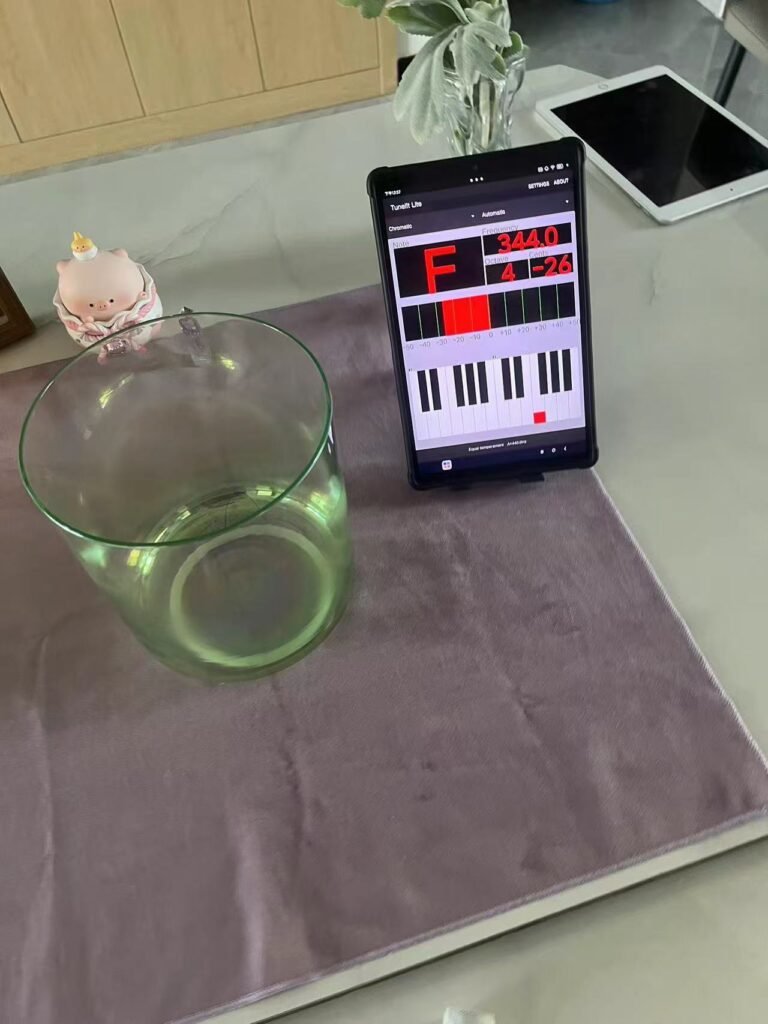
Note the Octave: The octave refers to doubling or halving the frequency value. For example, if your bowl measures 440 Hz (the standard tuning pitch), then one octave higher would be 880 Hz.
This process not only helps you identify the specific characteristics of your singing bowl but also enhances your understanding of how different notes interact within musical scales.
How to know the crystal sinigng bowl’s specific frequencies of different notes in different octaves based on known tuning standards
According to the data in our tuning chart, you can first determine whether the tuning standard is 440hz or 432hz and select the corresponding table. The fourth octave A=440hz. From the table, we know that G=391.9Hz, F=349.2Hz, and so on, you will know the other specific frequencies of 4 Octave. When you use Tune!it Lite to check your singing bowl, you can test the cent error of each bowl, so that you can better understand your crystal singing bowl. If you have any questions here, please contact our sales staff, you are welcome to ask questions

440 Hz tuning
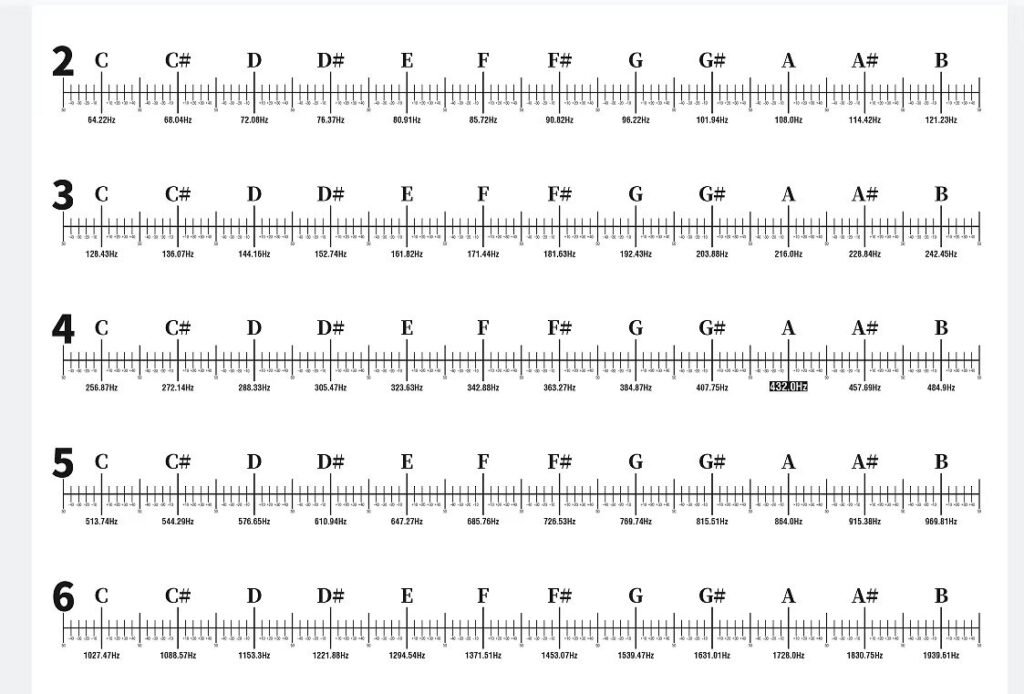
432 Hz tuning
Choosing Between 440 Hz and 432 Hz: What You Need to Know
When selecting a crystal singing bowl, you may encounter two common tuning standards: 440 Hz and 432 Hz. While both are widely used in music production and sound therapy, they offer distinct experiences that cater to different preferences.440 Hz is considered the standard pitch for modern music tuning. It has been adopted globally since it was established in the early 20th century as a reference point for orchestras and musicians alike. Many contemporary recordings utilize this frequency due to its widespread acceptance. On the other hand, 432 Hz is often referred to as “natural tuning.” Advocates of this frequency argue that it resonates more harmoniously with nature and human biology. Some believe that music tuned to 432 Hz has a calming effect on listeners and promotes emotional healing. When choosing between these two options:
- Consider Your Intention: If your goal is relaxation or spiritual connection, you might lean towards bowls tuned at 432 Hz.
- Experiment: If possible, try both types of bowls in different settings—meditation sessions, yoga classes, or personal practice—to see which resonates more deeply with you.
- Listen Closely: Pay attention to how each frequency affects your mood and energy levels during use.
Ultimately, whether you choose 440 Hz or 432 Hz will depend on personal preference and desired outcomes from your sound healing practice. We will make a separate guide later.
The Benefits of Different Frequencies in Sound Healing
Each frequency produced by crystal singing bowls carries unique benefits that can enhance various aspects of well-being:

- Low Frequencies (C – 256 Hz): These lower pitches are grounding and stabilizing. They can help alleviate feelings of anxiety and promote relaxation during meditation sessions.
- Mid Frequencies (E – 328 Hz): Often associated with creativity and self-expression, mid-range frequencies encourage emotional release and clarity of thought.
- High Frequencies (G – 392 Hz): High pitches are energizing and uplifting; they stimulate inspiration and motivation while encouraging mental clarity.
- Healing Frequencies (528 Hz): Known as the “Miracle Tone,” this frequency is believed to facilitate DNA repair and promote overall well-being.
- Chakra-Specific Frequencies: Each chakra corresponds with specific frequencies that can aid in balancing energy flow throughout the body:
- C Note (Root Chakra): This foundational note provides grounding energy; it’s perfect for those seeking stability during meditation.
- D Note (Sacral Chakra): Associated with creativity and emotions; this note encourages exploration of one’s feelings.
- E Note (Solar Plexus Chakra): This empowering note promotes self-confidence and personal power.
- F Note (Heart Chakra): Known for its loving energy; it fosters compassion towards oneself and others.
- G Note (Throat Chakra): This note enhances communication skills; it’s ideal for those looking to express themselves authentically.
- A Note (Third Eye Chakra): Associated with intuition; this note encourages insight into deeper understanding.
- B Note (Crown Chakra): This note connects us spiritually; it promotes transcendence beyond physical existence.

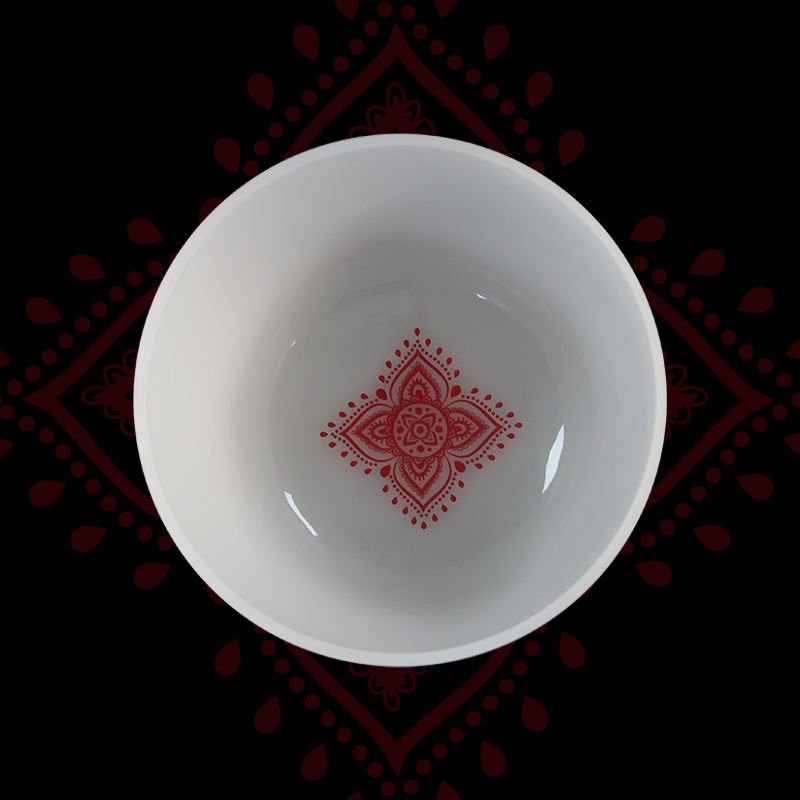
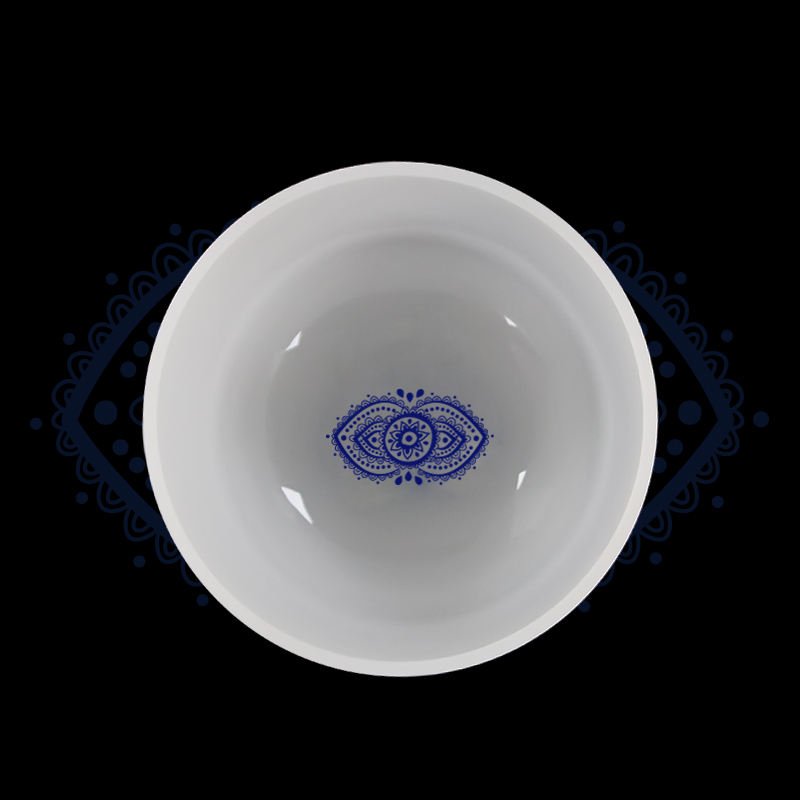


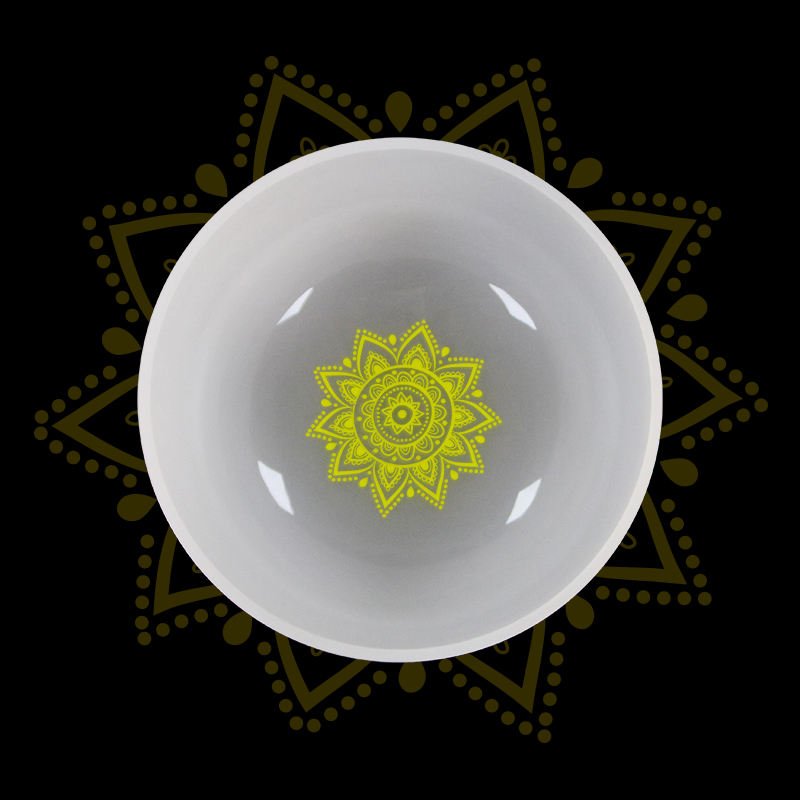
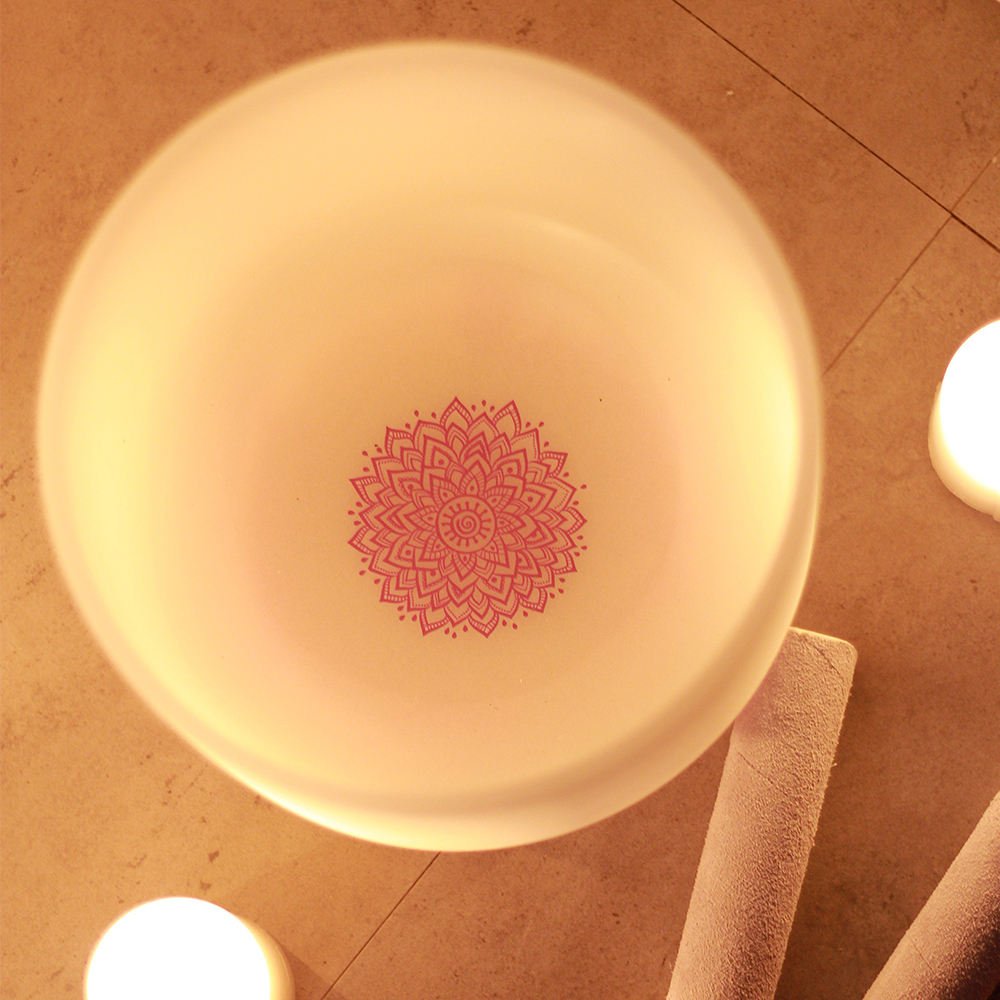
Another guide: The Harmonious Connection Between Crystal Singing Bowls and Chakras
Discovering the Unique Tones of Your Crystal Singing Bowl
Every crystal singing bowl possesses its unique tone influenced by factors such as size shape material composition etc., making each experience distinct! To discover what makes yours special:
Play Regularly: Spend time getting acquainted with its nuances by playing regularly—notice how different techniques yield varying results!
Experiment With Mallets: Try using different mallets made from various materials like rubber wood felt etc., each creates unique vibrations affecting overall tone quality! There are different types of mallet wands. Sheepskin, rubber (more suitable for the white frosted singing bowl), silicone. The inner material of the wand will also affect the feel of use, including acrylic, glass, bamboo, and wood.

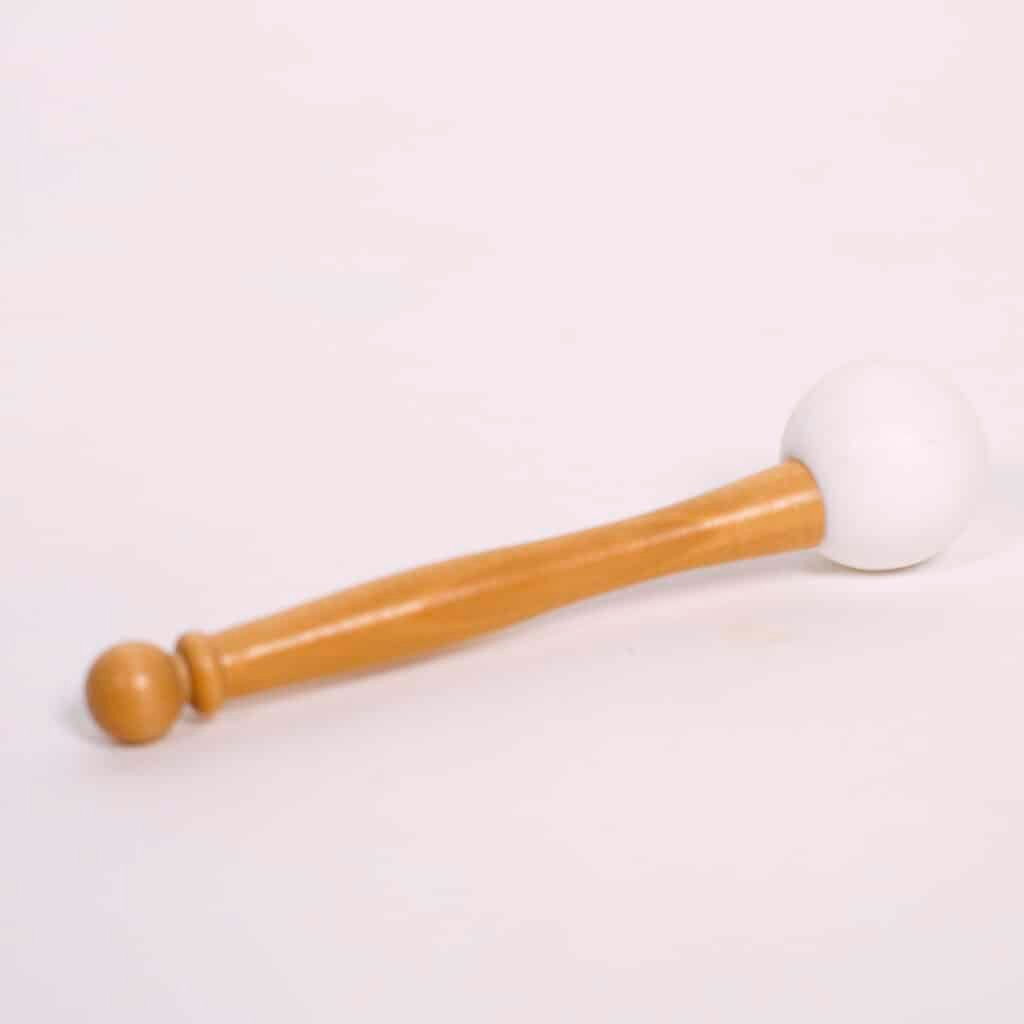

Combine Bowls Together: Consider playing multiple bowls simultaneously—this creates rich harmonies allowing listeners deeper immersion into soundscapes created!

Invite Others To Join You: Sharing experiences enhance learning opportunities! Invite friends and family members who share similar interests to join together to create beautiful communal experiences!
Record Sessions For Reflection Later On: Capturing recordings allows revisiting moments later reflecting upon growth achieved through practices undertaken over time! By actively engaging with these practices regularly individuals will uncover deeper connections between themselves & their chosen instruments leading toward transformative experiences unlike any other!
Conclusion
Crystal singing bowls offer an extraordinary avenue for exploration within sound therapy practices—a journey filled with discovery insights into oneself along pathways toward healing transformation! By understanding frequencies notes octaves harmonizing techniques connecting chakras discovering unique tones practitioners unlock potential benefits enhancing overall well-being enriching lives profoundly! Whether seeking relaxation creativity empowerment love connection spirituality embracing these tools opens doors previously thought unattainable leading toward brighter futures ahead!


